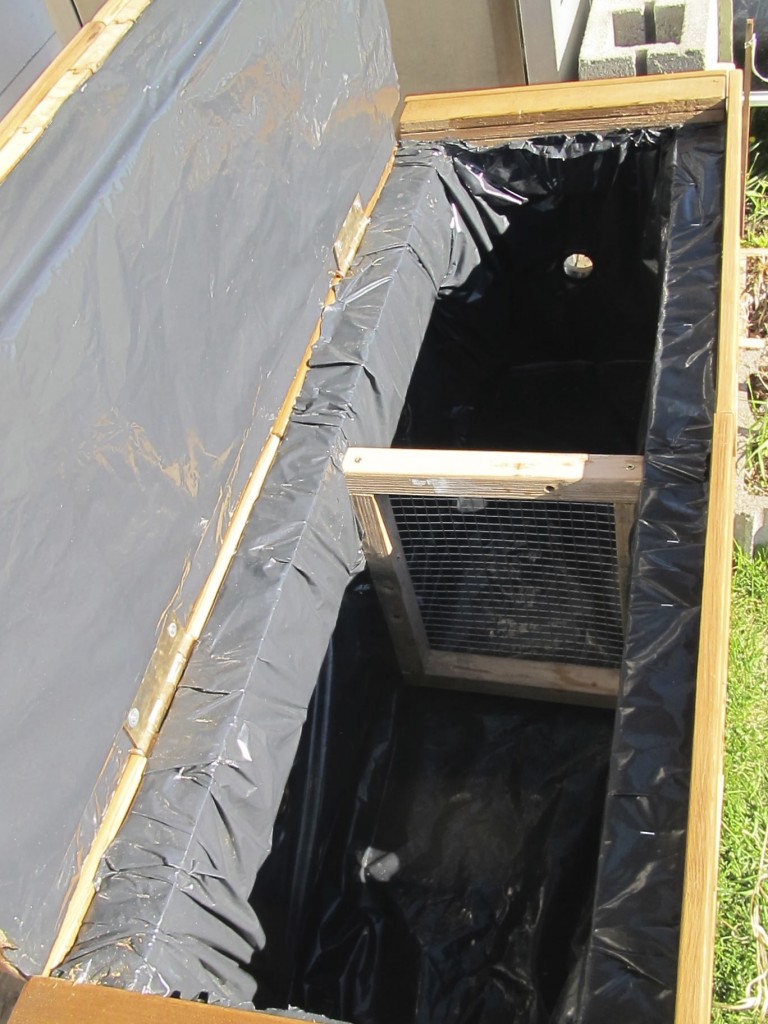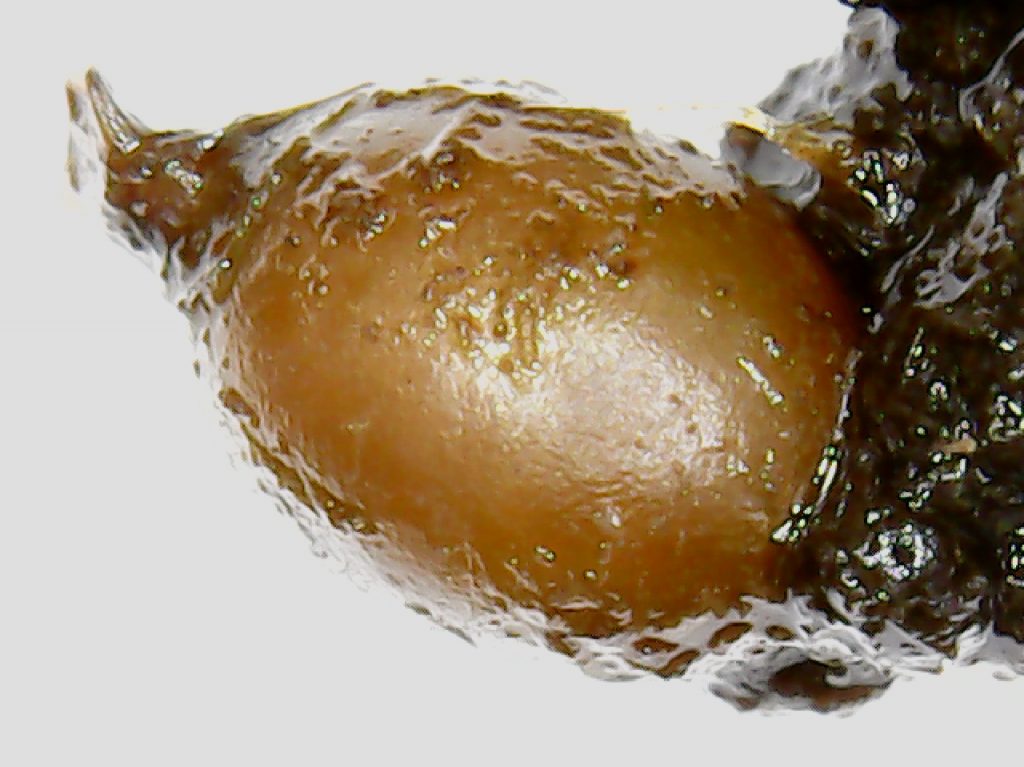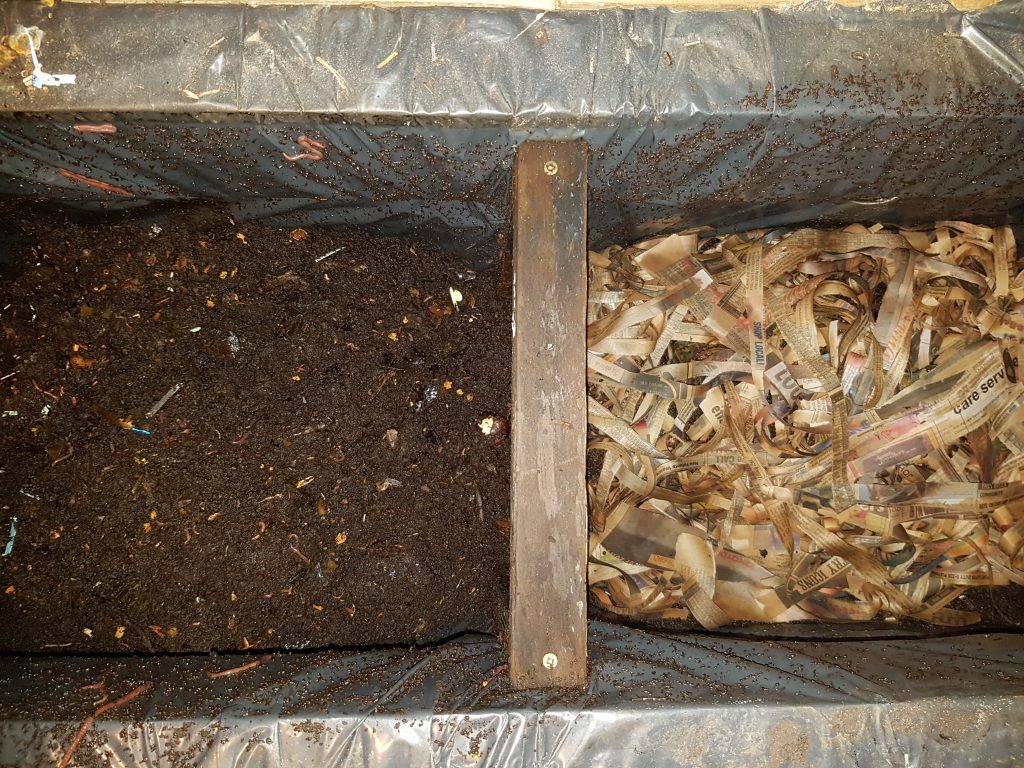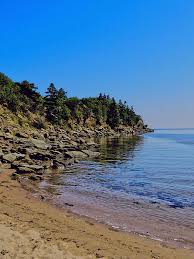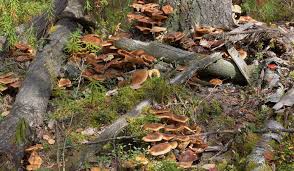Spring is only 19 days away!
Spring lawn & garden tips
Even though there is STILL snow in the forecast and the ground is STILL frozen, I can’t help but look outside and see the trees starting to bud, and the Canada geese back on the river. Soon the robins will be picking worms out of the lawn. The bees will be buzzing around the windows, especially we start diffusing orange essential oils.
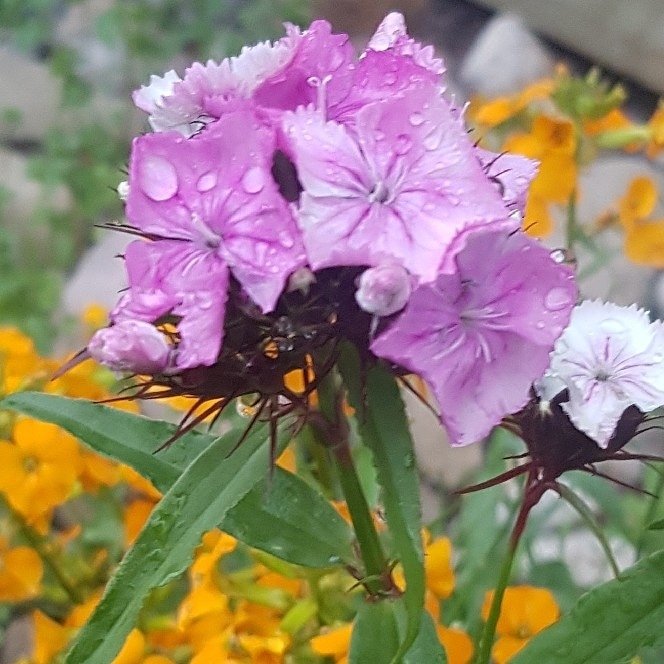
Lately, here in the Alberta foothills, the blanket of snow is starting to reveal the sleeping gardens that have been hiding for the past 7 months. As humans we get excited at the first sign of warm weather and want to be outside. Usually, the spring melt and thaw leaves behind debris and dust all over our lawn & garden spaces. To our eye, it’s messy and we want to clean it all up. To make our space look neat and inviting. All good things, but….
Wait!
The warm days and freezing nights are good if you are collecting tree sap to make syrup. (Hello! New Brunswick!) If you are a bug however, sleeping soundly under a brush pile or cluster of leaves. Having the blanket taken off during a warm spring day, may have you believe it is time to get up and start looking for food. But, when the sun goes away and the temperature dips below freezing, you don’t stand a chance. Plus you are hungry because there is no food yet. No hope!
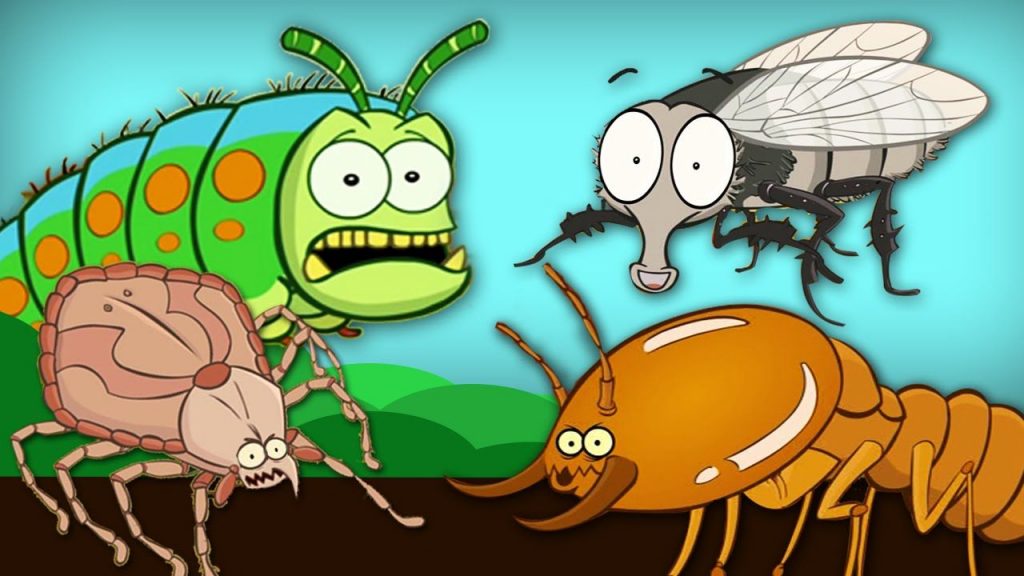
All the debris and leaf litter left behind by the fall and winter wind and snow, are homes and winter shelter for all of our tiny garden friends. We need these little beings for our plants to survive and thrive. Little beetles still hibernating for example. Even smaller, their eggs waiting to hatch in the spring warmth. All laying under that thin layer of leaves and twigs, and the first few inches of the soil. If we are too early in disturbing their protective layer, we risk killing a good number of beneficial microorganisms that are so important to our lawn & garden health.
Cabin Fever?
If we don’t rake the leaves or disturb the soil, what are we to do to keep from going crazy?
Here are a few spring lawn & garden tips and ideas:
Organize, Sharpen & Clean
It is good to keep your work area organized, and your tools clean through out the season. I am often to be reminded about things that were dull or broken at the end of the previous season, when I pull them out for the first use of the season. I then have to take time to sharpen or repair the tool before I can do what I was originally set out to do. If you take the opportunity of a warm day to sit outside and organize and clean all of your garden tools and storage spaces. When the actual fun of gardening gets rolling, you will be all set for whatever comes up.
Be sure to disinfect things as well, especially cutting or pruning equipment. Using a tea tree (Melaleuca) oil spray works well. By doing this early in the season you can catch any pests that have been snoozing in you garden equipment before they wake up.
Trade Shows & Courses
The timing is different, of course, depending on your location, and most things are still virtual. However; around this time of year a number of pre-garden season shows and courses begin to happen. Home & garden shows, spring markets, and specific classes geared to different aspects of land care. All great ways to spend weekend days when the weather starts to get nice and collect even more spring lawn & garden tips. Most of these things are inside also, so even if Mother Nature decides to remind you who is in charge that day. You can still enjoy the time. If it is a nice day, consider having lunch in a sunny corner. Experience a micro-climate of summer.

Check out your local horticultural society, or garden group to see what they have organized. Community newsletters and social media pages often will have information about markets as well.
Visit Garden Centers
Garden centers are some of the first places where it starts to feel like summer. As the days get warmer and longer, the greenhouses get fuller and fuller. (I can almost smell the clean air of a full greenhouse as I am typing.) They are usually up on the latest ideas and gadgets to make life easier in the garden. The staff can be very informative to figure out solutions or to give direction and more spring lawn & garden tips. So you can be sure of your success in the garden once you get home and start planting.
Start Plants Inside
If you have a sunny window and the space by it, having plants start their growing season inside can really give you a jump on the very short summer season. Another step would be a small greenhouse. One step further would be to add some sort of grow light, but a sunny window ledge can be enough. Especially if you are a small space gardener.
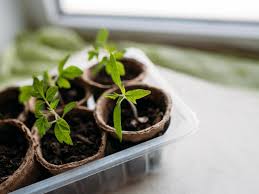
Different variety of plants require different things to get started. It is a good idea to research how long the plants you want to have take to germinate, and what other requirements they have. Some seeds need to be refrigerated before they will germinate! I know right…
Once the seeds germinate, the plants requirements will change. It is good to know this in advance because new sprouts are fragile and will die easily under the wrong conditions.
Prune Trees And Shrubs At Proper Times
This heading could be a post on it’s own. The bottom line is that not all trees should be pruned at the same time. And, it should not be just at our convenience. Pruning improperly, or at the wrong time, can leave the tree susceptible to pests and diseases, and unable to fight them off. Look at pruning as “tree surgery”. It should be done thoughtfully, and cleanly. Knowing what variety of trees you have on your property will allow you to ensure your trees are pruned at the right time of year for that tree. It may also help to spread out the cost of having all your trees pruned at the same time.

Having said all that. I must say, trees in general, never need to be pruned. In nature, in the forest, trees are not pruned and live healthy and strong for hundreds of years. In urban settings, trees are often pruned to allow access for humans, or for looks. Many times, the health of the tree is not taken into consideration, or is at most, an after thought. In many orchards, trees are pruned for production as well.
If a limb is not producing more energy than it is using, the tree will discard it. The thing to remember about trees is that their life span is slow. It may take a couple of years for the limb to actually fall, but it will. No help from us.
Plan, Stretch & Exercise

As a professional gardener, I can attest to some aching muscles and sore backs, especially at the beginning of the season. After spending the winter months hibernating, only coming out to clear snow really, my body is not conditioned for a day of kneeling and bending.
One of the best spring lawn & garden tips I can give is, spring clean-ups can be demanding, even if you are only doing your own. So, as the afternoons bring small bursts of warmth. Take the opportunity to go for a walk, or join a yoga class. Walk to a patio somewhere. Have a beverage and plan out what you are going to do once the spring growing season actually gets started.

Check out the Canadian Society for Organic Urban Land Care. Get involved in the movement! Click the logo to be taken to the website.





